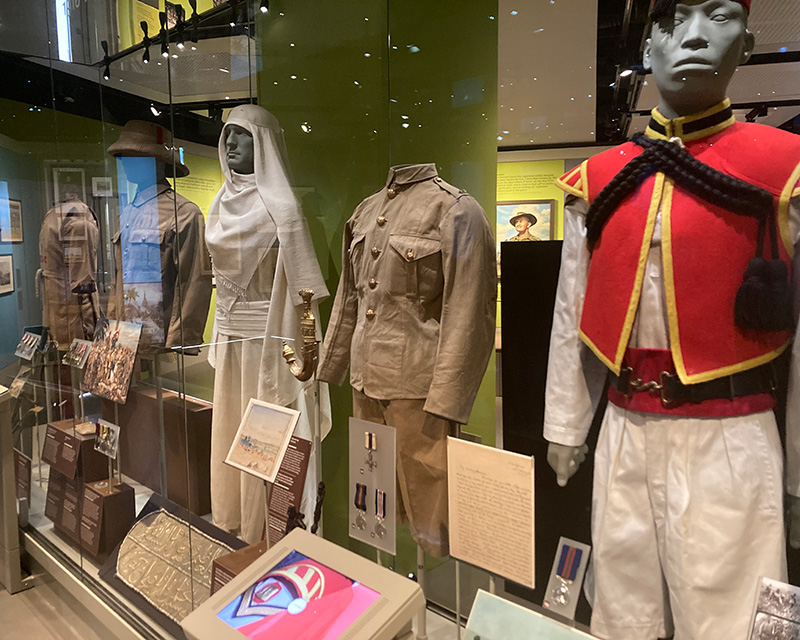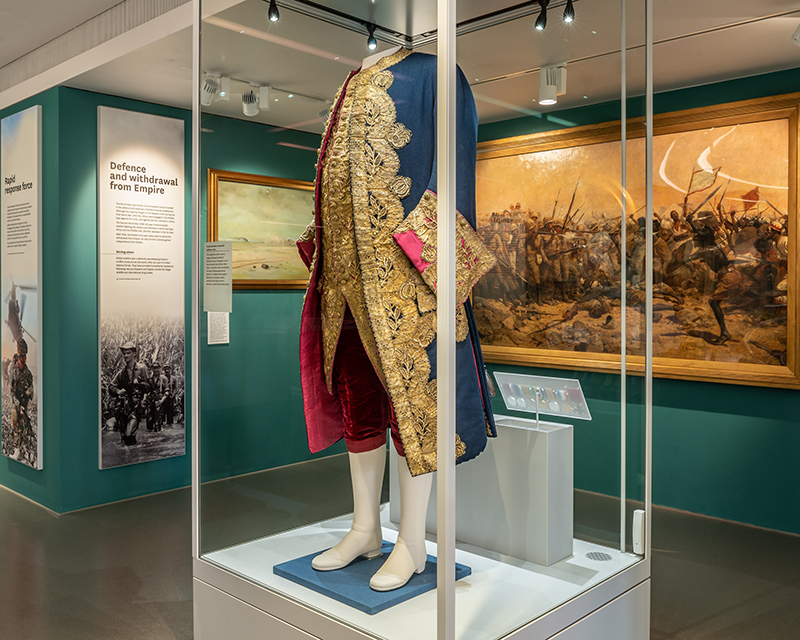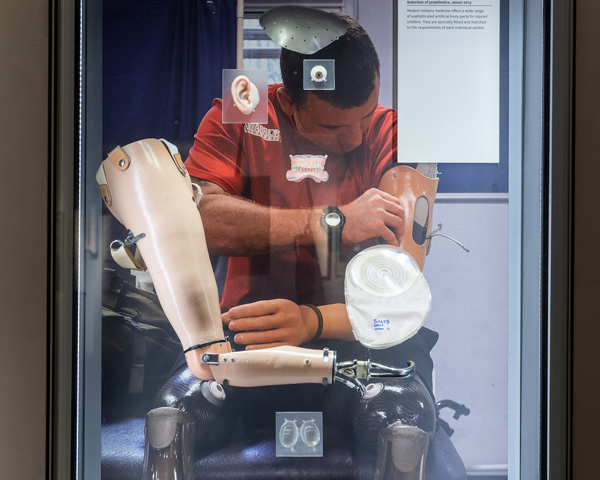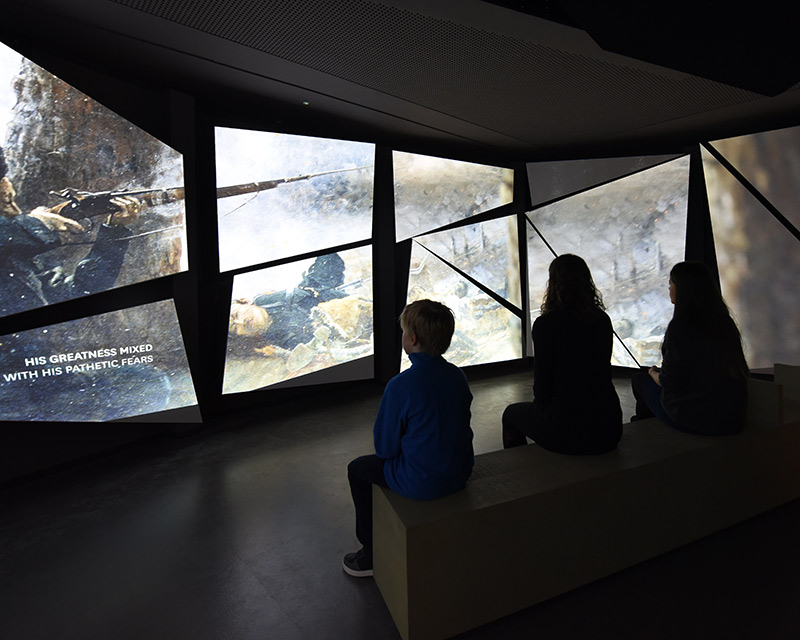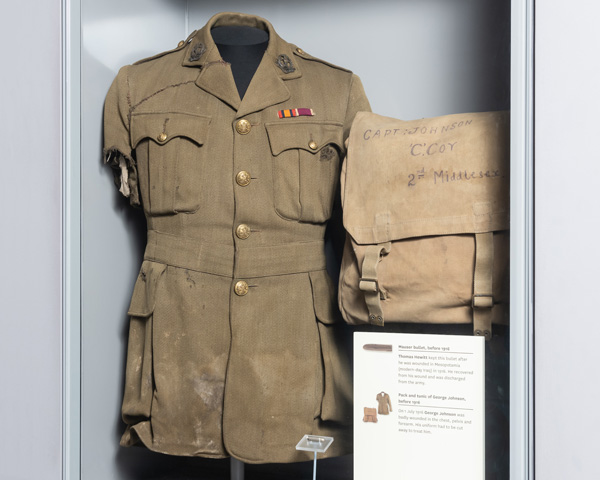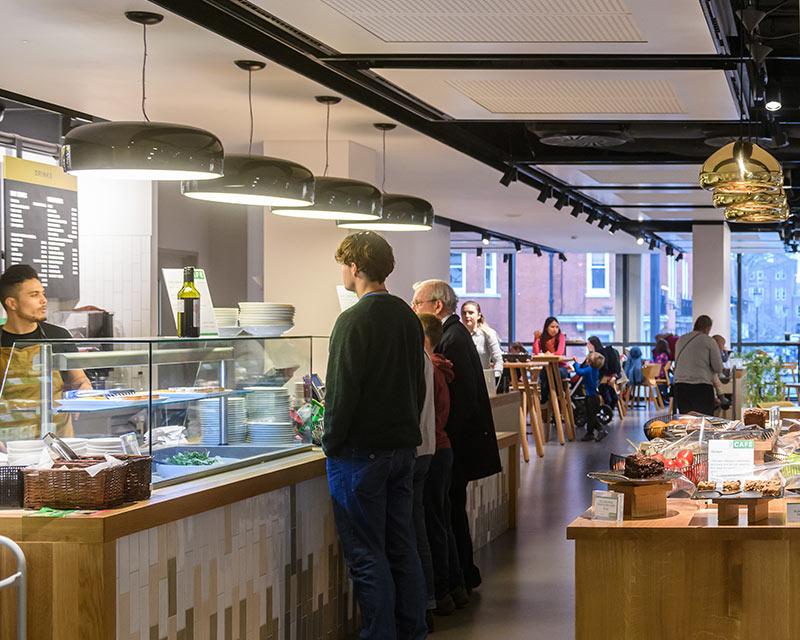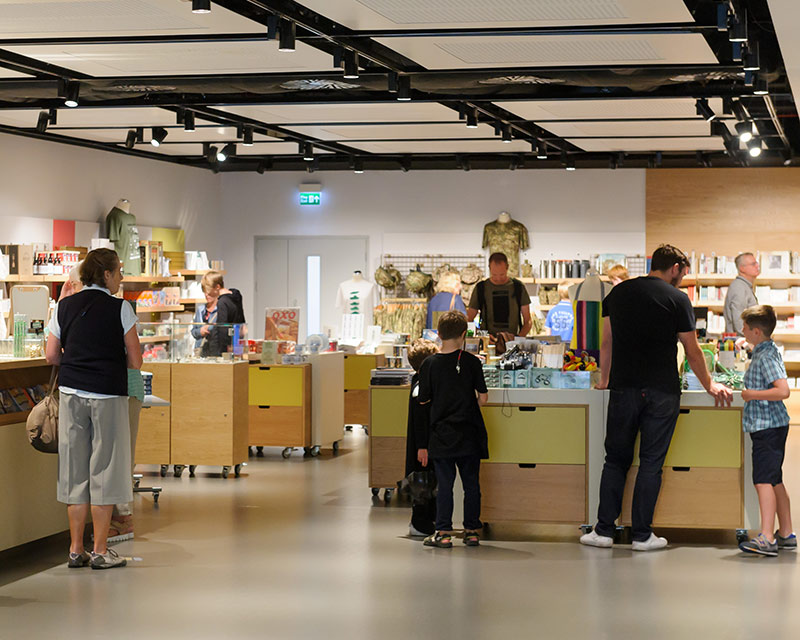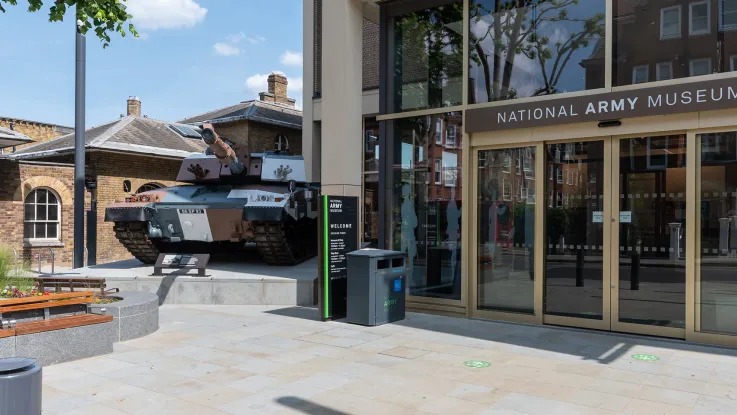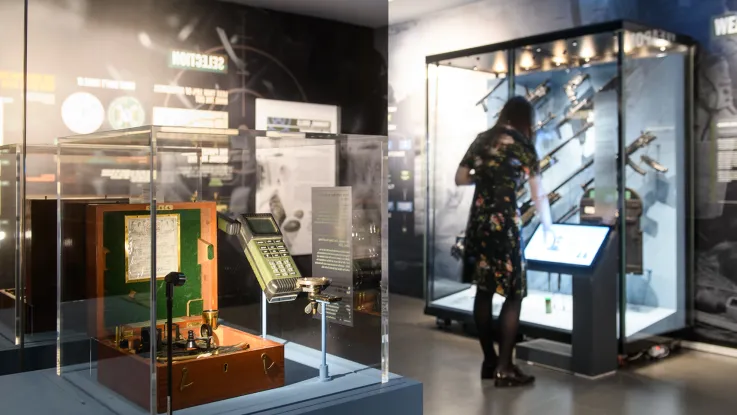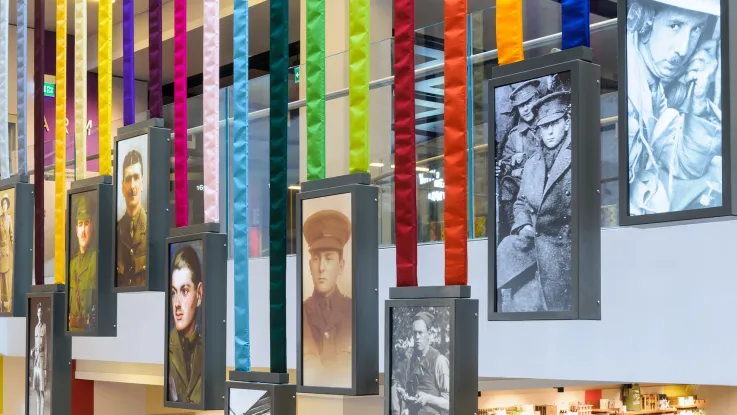Galleries at a glance
Lawrence of Arabia's robes
Lawrence's role during the First World War made him a legend and cultural icon. But his success was also due to a willingness to adopt his Arab allies' customs, language and dress.
While examining Lawrence’s iconic robes and dagger, take a look at some of the other objects on display reflecting soldiers' overseas experiences.
French general’s uniform
This richly decorated uniform belonged to one of the French generals taken prisoner by the Duke of Marlborough following his victory at the Battle of Blenheim (1704).
The Army fought at Blenheim as part of an allied effort to maintain the balance of power in Europe - one of its main strategic roles showcased in our Formation gallery.
Prosthetics
As you explore what life is like for soldiers when they return from war, be sure to take a look at the prosthetics on display. They show how medical and technological advances have improved rehabilitation.
How could these pieces of technology help wounded soldiers?
Immersive action theatre
Immerse yourself in the sights, sounds, and experiences of the front line. Our immersive action theatre lets you get a sense of what life is like on the battlefield as you hear from the individuals who experienced it first-hand.
Somme tunic
This tunic demonstrates the dangers that come with war. Captain George Johnson of 2nd Battalion, The Duke of Cambridge's Own (Middlesex Regiment) wore it on the first day of the Battle of the Somme when he was wounded in the chest, pelvis and right forearm.
Can you see where his sleeve was cut away so his arm could be treated?
The Café
Take a break from exploring the galleries in our spacious, modern café.
We serve the best whole-leaf tea and hand roasted coffee, together with tasty, seasonal food.
The Shop
Bring part of the National Army Museum home with you by visiting our shop.
We offer carefully chosen products inspired by the history of the Army and the Museum’s collections.

